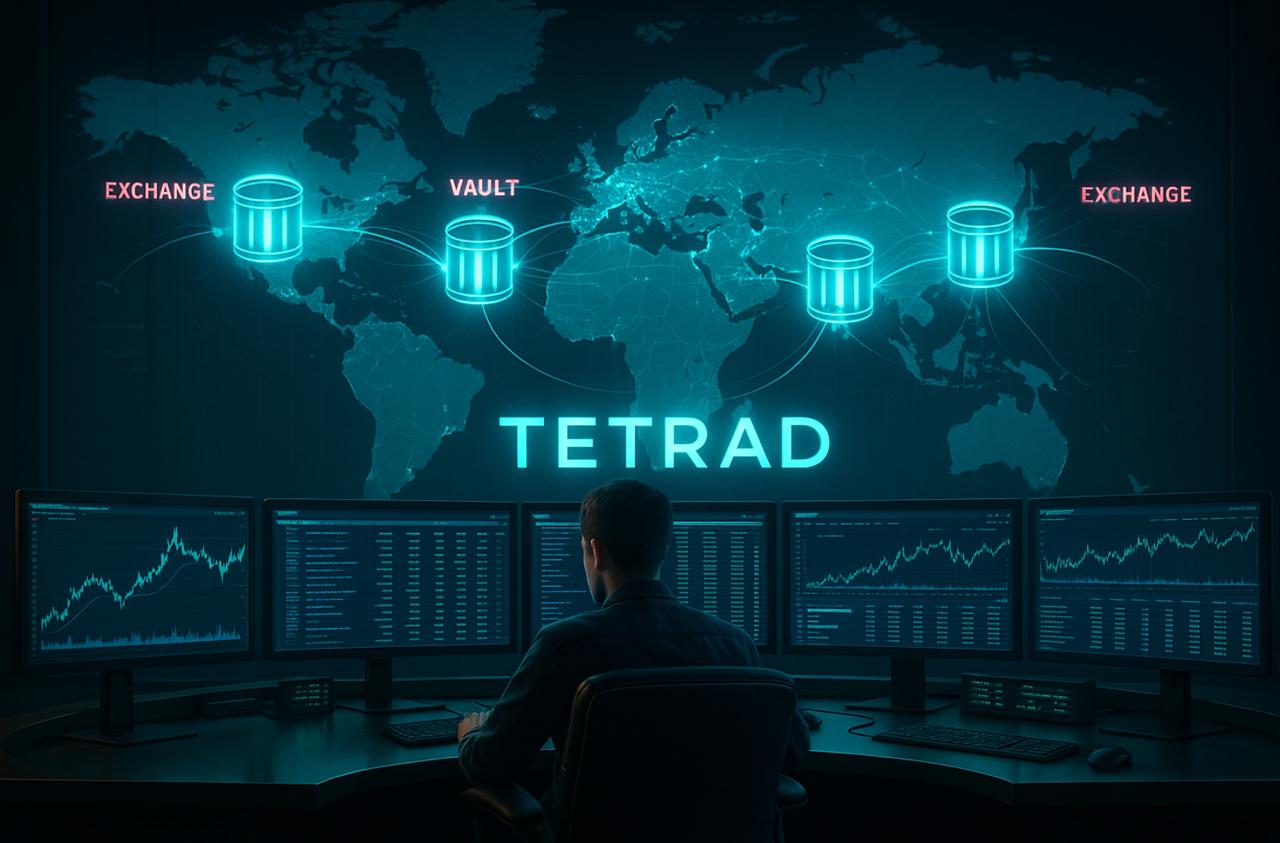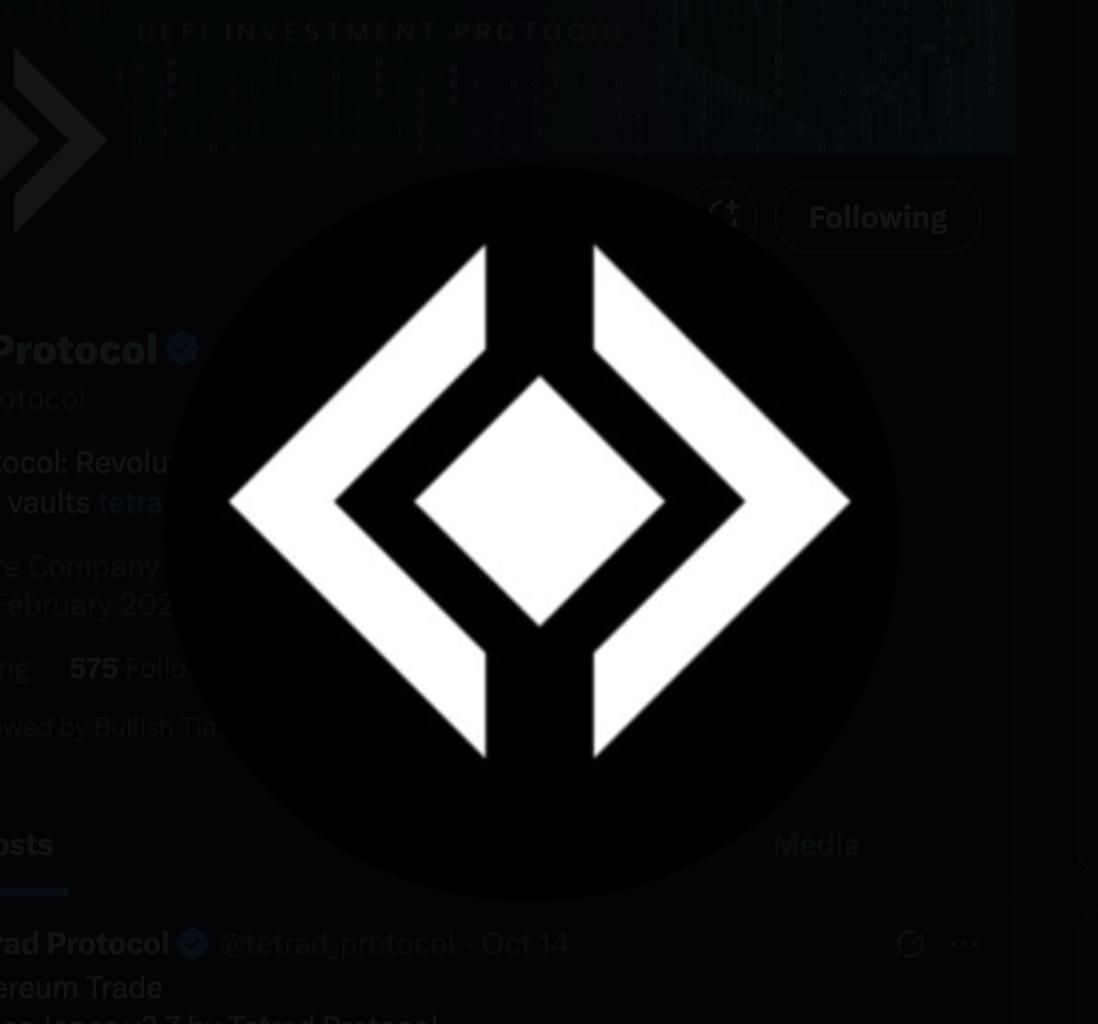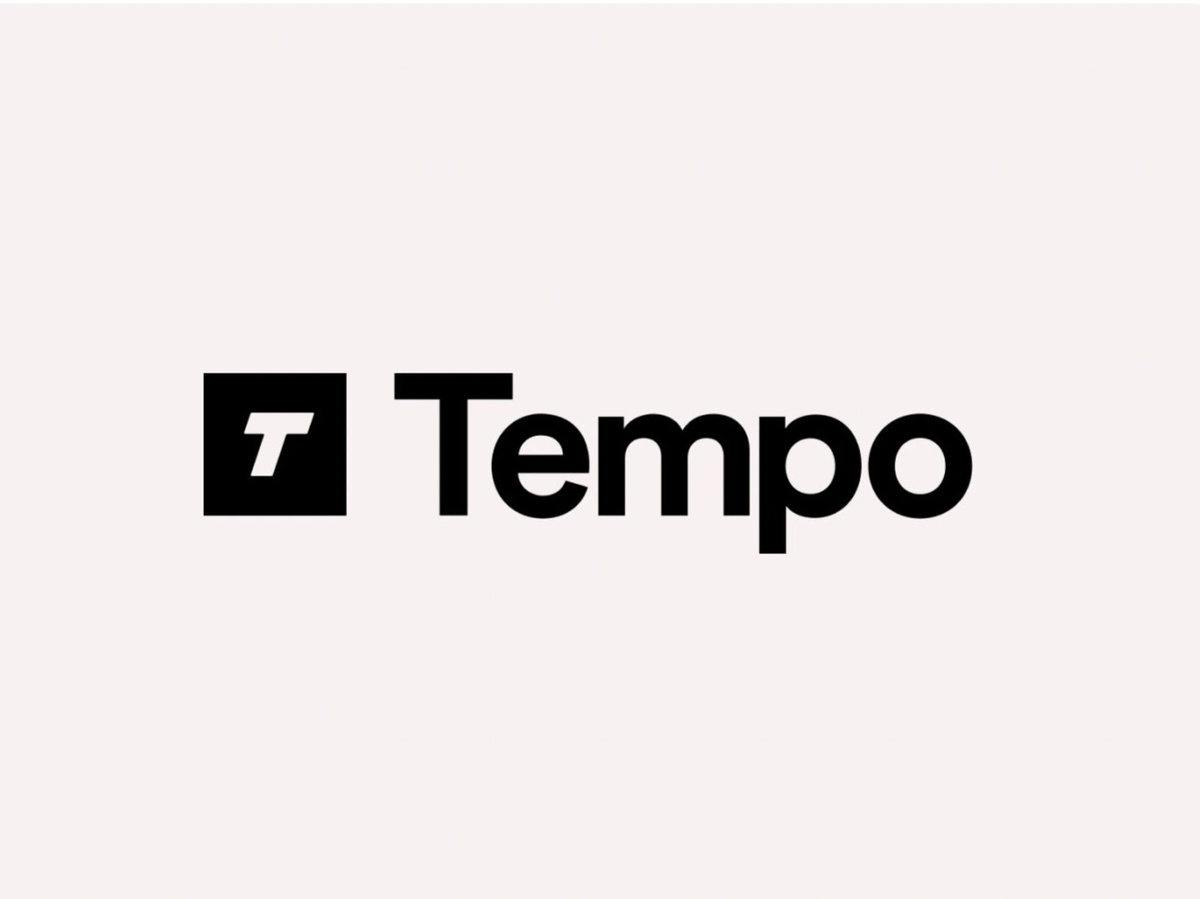Warden Protocol is setting a new standard in the blockchain arena with its “supercharged” modular infrastructure, designed to empower developers to create OApps, a futuristic model of Web3 decentralized apps. This initiative marks a significant evolution in the realm of blockchain technology, aiming to simplify and enhance the developer experience.
David Pinger, co-founder of Warden Protocol, shared insights on the challenges of building on Web3 during Rug Radio’s FOMO Hour. “Building on web three is difficult—I don’t think it has to be like that,” said Pinger. He highlighted that the modular Layer 1 blockchain developed by Warden Protocol offers a robust infrastructure that equips builders to craft tomorrow’s applications without the complexities often associated with blockchain technology.
The core of Warden Protocol’s offering is its deep modular system that abstracts away the intricate aspects of Web3 development such as cross-chain interoperability, advanced cryptography, and future integrations with artificial intelligence. This system is engineered to support the creation of OApps, which are essentially smart contracts that are omnichain by default, providing broader capabilities and flexibility.
Warden Protocol’s architecture separates the blockchain’s application layer, enhancing security by allowing different security models for protocols and applications. Additionally, chain abstraction facilitates the consolidation of multiple wallets and accounts, while enabling OApps to conduct transactions across various blockchains—ushering in innovative use cases.
Pinger emphasized the user-friendly approach of the platform: “We wanted to abstract away these complicated distributed key generation and signature processes away from developers,” aiming for MetaMask-level security and a seamless cross-chain experience. “We’re trying to really abstract away networks from users,” he added.
To engage the community, Warden Protocol has launched an Incentivized Testnet Leaderboard. This initiative gamifies the user experience by offering a blend of offchain and onchain activities through a quest dashboard. Users complete quests to earn experience points, which translate into WARP tokens. These tokens not only signify leaderboard achievements but also qualify holders for an upcoming airdrop of WARD, the ecosystem’s primary token.
The interoperable, chain-abstracted capabilities of OApps promise to replace traditional Web3 applications. Pinger envisions a future where these applications can facilitate multi-network exchanges, or enable assets from one chain to serve as collateral on another.
He also sees potential for applications managing tokenized real-world assets that interact across multiple chains. “That’s the type of thing that we want to enable,” Pinger concluded, pointing towards a future where Web3 is not only more accessible but also more integrated into diverse digital ecosystems.











